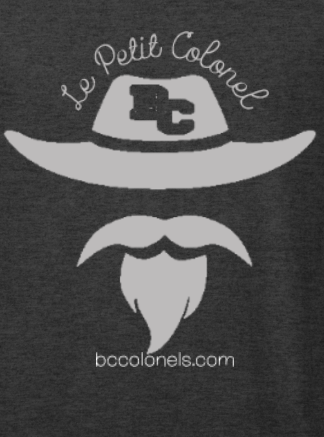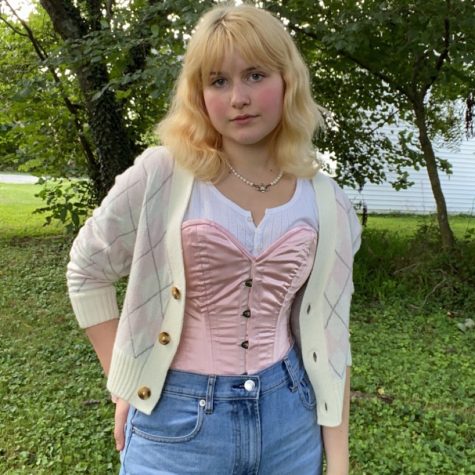Edgar Wright and chasing ghosts in “Last Night In Soho”
Use of mirrors, as mentioned in this article, is a vehicle for the duality motif.
November 12, 2021
Edgar Wright’s films appeal to both art-house and mainstream audiences, bridging the gap between stylized and blockbuster. His works include Baby Driver, Scott Pilgrim VS. The World, Shaun of the Dead, and his latest feat – Last Night In Soho, a thrilling love letter to London’s Soho district and the swinging 60’s.
The film follows Eloise or “Ellie”, a fashion student from England’s countryside, as she moves to Soho to pursue her dreams (in more ways than one). She finds herself out of place in her fashion school’s dormitory, and seeks refuge in an apartment, a remnant of the 60’s, where she dreams of one of the former occupants, an aspiring singer, Sandie, as she meets a manager, and starts her climb to fame. However, as her dreams progress, it becomes more and more apparent that the sixties she used to romanticize holds the capability for darkness, as she follows Sandie towards meeting Jack, a “manager” who uses her naivete to his advantage, leading her to believe her only shot at her dreams would be to “sleep her way to the top”.
Wright credits Last Night In Soho’s soundtrack to the music of his youth, being born in 1974, with parents who collected records from the decade preceding him, but being unable to get the vinyl of the 70’s, specifically Wright describes, “The female singers of the mid-’60’s, it was obviously an incredible time for performers like Cilla Black, Petula Clark, Dusty Springfield, Sandie Shaw.” as an influence. In his interview with NPR, he also discusses the trope of “girl moves to the big city to pursue her dreams” that Last Night In Soho falls into, and how that genre of film typically casts the city itself as the antagonist, and shames the main character for her audacity to have dreams. He specifically says, “It’s like London is there to chew you up and spit you out. And I watched many of those films, and I thought it was interesting because the majority of them are written by men and directed by men, and you start to get this sense that those films were the old guard slapping the wrist of the younger generation, so it was like a rebuke to the progressive movement.” Being a male director has garnered Wright some criticism, as part of his audience acknowledges that creating a story about women, while not being a woman, can inaccurately portray the female experience.
With the Male Gaze being a looming presence over most of the film, it can be difficult to understand the perspective of Sandie, who’s story is told all through other’s recollections- similar to the storytelling of the Virgin Suicides– in small vignettes of memory, but excluding her feelings and thoughts of her own life. While Eloise experiences glimpses of Sandie’s story, she is excluded from the darker, intimate moments. Even as she is shown the moment she believes Sandie is murdered, she chooses to look away. Many times throughout the film, the audience is led to believe Sandie is a victim, and it begs the question if Eloise is being excluded from Sandie’s narrative, or if she is actively ignoring the parts of Sandie that don’t fit in with her idealized version of the 60’s.
The darker side of Soho is another topic that drew Wright to this story, as he explains how that aspect of the district is overlooked, in favor of the glamour and fun, “Historically, it’s been kind of seen as a den of iniquity in terms of the criminal underworld and the sex industry, and I guess in the time that I’ve been there, all of that’s sort of been gentrified out, but not quite. So it’s still sort of a place where the darker side is right there and sort of in kind of plain sight. And I always found that very compelling, that these two worlds kind of sort of coexist.” The duality he mentions is a big part of not just the plot, but the visuals and cinematography. Many of the shots display how Eloise and Sandie compare, as well as experience what occurs in Sandie’s memory. Even the lighting of the film occurs in a pair, as most of the scenes in the apartment are lit by a flashing blue and red light, a lighting motif used often to portray good and evil, another duality. The use of mirrors throughout the film adds to the plot of reflection on who you are, as Eloise and Sandie are both confronted with the knowledge that they contain a dark side, and how everyone has the capability for evil.


